Southern Space is a weekly newsletter produced by SIAA to inform the Australian space industry
CEO Update
It was fantastic to see so many of you at Southern Space this week, SIAA’s annual conference held in Canberra. We had more than 300 attendees from across industry and government convene to hear from industry leaders on sovereign manufacturing, ground segment, space domain awareness, space governance, the lunar economy and the next generation of space technologies.
The opening address from Enrico Palermo emphasised “the criticality of Australia not being a bystander on humanity’s return to the moon” and noted the role that Australia can and will play in NASA’s Artemis missions. The Australian Space Agency’s Chief Technology Officer Aude Vignelles outlined a national “Team Artemis Australia” approach that will draw on both new and existing space capability from around Australia to ensure a successful incorporation of Australian technology into humanity’s future lunar exploration.
I particularly enjoyed the conversation with Chief Exploration Officer and Co-founder of Fleet Space Technologies Matt Pearson and CEO of Gilmour Space Technologies Adam Gilmour. It was a candid, authentic, and deeply insightful look into the challenges faced by two of our leading sovereign space companies as well as the way they have successfully grasped opportunities. I look forward to sharing that with you so you can watch it again.
Head of Optus Satellite and Space Systems Nick Leake announced SIAA’s new Industry Fellow position. The position, sponsored by Optus Satellite and Space Systems will explore professional development pathways for Australian space professionals to continue to upskill Australia’s space workforce.
Deputy Director of the Australian National University’s Institute for Space Dr Cassandra Steer announced the Australian Centre for Space Governance. Funded by Geoscience Australia to undertake research on governance of Earth Observation data, to support the forthcoming National Space Mission on Earth Observation, the ACSG is committed to issues such as space security and sustainability, engagement and co-governance with Indigenous Australians, property issues in space, diversity in the space sector, the potential for Australia as a space middle power, and a thriving national space sector.
We had great support from the newly launched bipartisan Parliamentary Friends of Space Industry group at our Parliament House event on Tuesday night. With more than 50 members already, I look forward to further opportunities to work with this group and connect them to our industry.
Finally, I want to single out the extraordinary work done to support the past week’s events by Ariyana Hossain and Isobel Haddow. Ariyana and Isobel have worked frenetically in the past few weeks to ensure that all our events in Canberra worked smoothly and are responsible for the success of Southern Space. Thanks to both of you for your hard work and passion to support Australia’s space industry.
Industry News
Australian Astronaut in European Space Agency Astronaut Program: Australia’s first female astronaut, Dr Meganne Christian, has been selected as part of the ESA’s 2022 astronaut class. Representing the United Kingdom, Christian is one of 11 reservist astronauts that will receive a consultancy contract and astronaut training from ESA. Minister for Industry and Science Ed Husic noted of the announcement that “much of the work being done by astronauts … supports Earth-based research applications, advancing health, engineering and sustainability”.
Bespoke Ka-band User Terminals for Viasat Maritime Connectivity Solution: SIAA Foundation member Viasat has announced a contract with satellite communications solutions provider Intellian to deliver a range of Ka-band terminals designed exclusively for Viasat’s Maritime connectivity solution. Intellian will further develop a 100cm update kit for the company’s VSAT maritime antenna, allowing thousands of vessels to utilise Viasat services.
Rocket Lab Completes Final Launch Rehearsal after US Launch: SIAA member Rocket Lab has successfully completed its final launch rehearsal in preparation for its first launch from US soil. Rocket Lab could launch three radio frequency geospatial analytics satellites for HawkEye 360 as soon as 7 December, marking the first of three Rocket Lab launches for HawkEye 360.
Gilmour Space Partners with Australian University: SIAA member Gilmour Space Technologies has signed an agreement with Macquarie University’s Australian Astronomical Optics to construct and deliver a thermal camera payload. The payload will launch in 2023 on Gilmour’s Eris rocket, with the development of this technology allowing the university partner to explore a new approach to imagery data collection.
Artemis 1 Mission: This week, the Orion spacecraft successfully completed a critical engine burn that incorporated the moon’s gravitational force to swing the spacecraft into a distant retrograde orbit. This engine burn allowed the spacecraft to manoeuvre out of communication with Earth, with the spacecraft planned to return to Earth on 11 December.
US Space Systems Command Signs Agreement with Blue Origin: A new agreement between US Space Systems Command and Blue Origin will allow the company to bid for national security launch contracts using its New Glenn rocket, following Blue Origin’s completion of required flight certification. US Space Systems Command noted that this agreement “is an example of how we foster competition and leverage industry innovation” with a greater variety of bidders allowing Space Systems Command to meet a “national defense imperative to field advanced capabilities in space”.
US Military Space Plane Lands: After 908 days in orbit, the US military’s X-37B space plane has landed a NASA’s Kennedy Space Center in Florida this month. The US Space Force released a statement on the mission which hosted the Naval Research Laboratory’s Photovoltaic Radiofrequency Antenna Module, which was able to harness solar rays outside of Earth’s atmosphere and transmit power to the ground.
India’s First Private Rocket Launch: Indian start-up Skyroot Aerospace has successfully launched the first privately developed Indian rocket, with the rocket flying 10 kilometres short of the Karman line.
Hungary: The Hungarian Government has announced plans to spend $100 million to send a Hungarian astronaut to the ISS in the next two years. The agreement with Axiom Space further the country’s human spaceflight program of sending a ‘Hungarian to Orbit (HUNOR)’. An exact launch window is yet to be announced.
Industry Opportunities
Call for Applications: Queensland Earth Observation Hub
Supported by the Queensland Government’s Department of State Development, Infrastructure, Local Government and Planning, the SmartSat QLD Earth Observation Hub aims to accelerate the growth of the Earth observation industry by supporting commercialisation of research, and EO product and service development. The EO Hub will generate opportunities for data analytics businesses and researchers, as well as downstream industries and upstream service providers of Earth observation imagery.
Applications close 13 January. Apply for the QLD Earth Observation Hub here.
SIAA Member Profile: Fleet Space Technologies
Fleet Space Technologies is Australia’s leading space company. Its mission is to unlock the power of universal connectivity through a network of microsatellites for the betterment of everyone on earth. At Fleet, we are Explorers with a mission to connect the Earth, Moon and Mars.
Headquartered at a state-of-the-art facility in Adelaide, South Australia, the team has rapidly grown to over 80 employees in the last 6 months. Fleet also has a global presence including a team in the US.
Having already launched seven commercial satellites, Fleet Space is working towards a fully 3D printed satellite, Alpha, working along Fleet’s Centauri satellite constellation. In May 2022, Fleet Space launched their most recent satellite, Centauri 5 through SpaceX. Fleet’s Alpha satellite will be the world’s first fully 3D printed satellite weighing around 40kg and will contribute the most to their 288 satellite constellation.
Recently, Fleet launched ExoSphere, a solution for the mineral exploration industry providing lightning fast, highly scalable 3D mapping solutions to pinpoint minerals and increase accuracy in drilling targets. This cutting-edge technology is already helping the world transition to clean-air mobility technologies by creating a faster, more sustainable and less expensive route to finding critical mineral deposits. ExoSphere is an end-to-end service offered to mineral exploration customers to decrease the time it takes to find a deposit. Since announcing ExoSphere in March 2022, Fleet has signed contracts with over 20 customers based in Australia and North America including Oz Minerals, Core Lithium, Talon and more.
As a company, Fleet always pushes the boundaries of exploration further and as a result, Fleet plays a crucial role in the Moon and Mars initiative. Resources and technologies that Fleet is creating here on Earth will be used for exploring and surveying the Moon and Mars to help understand how human life may be supported there.
The Space Industry of Australia (SIAA)
The Space Industry of Australia is the national peak body for the space industry in Australia,
representing more than 600 members. Formed in 1992, SIAA hosted the 2017 International Astronautical
Congress in Adelaide which led to the establishment of the Australian Space Agency in 2018. SIAA and
its member companies work closely with Australian governments, international partners, academia, and
industry to advance Australia’s space industry and economy.




